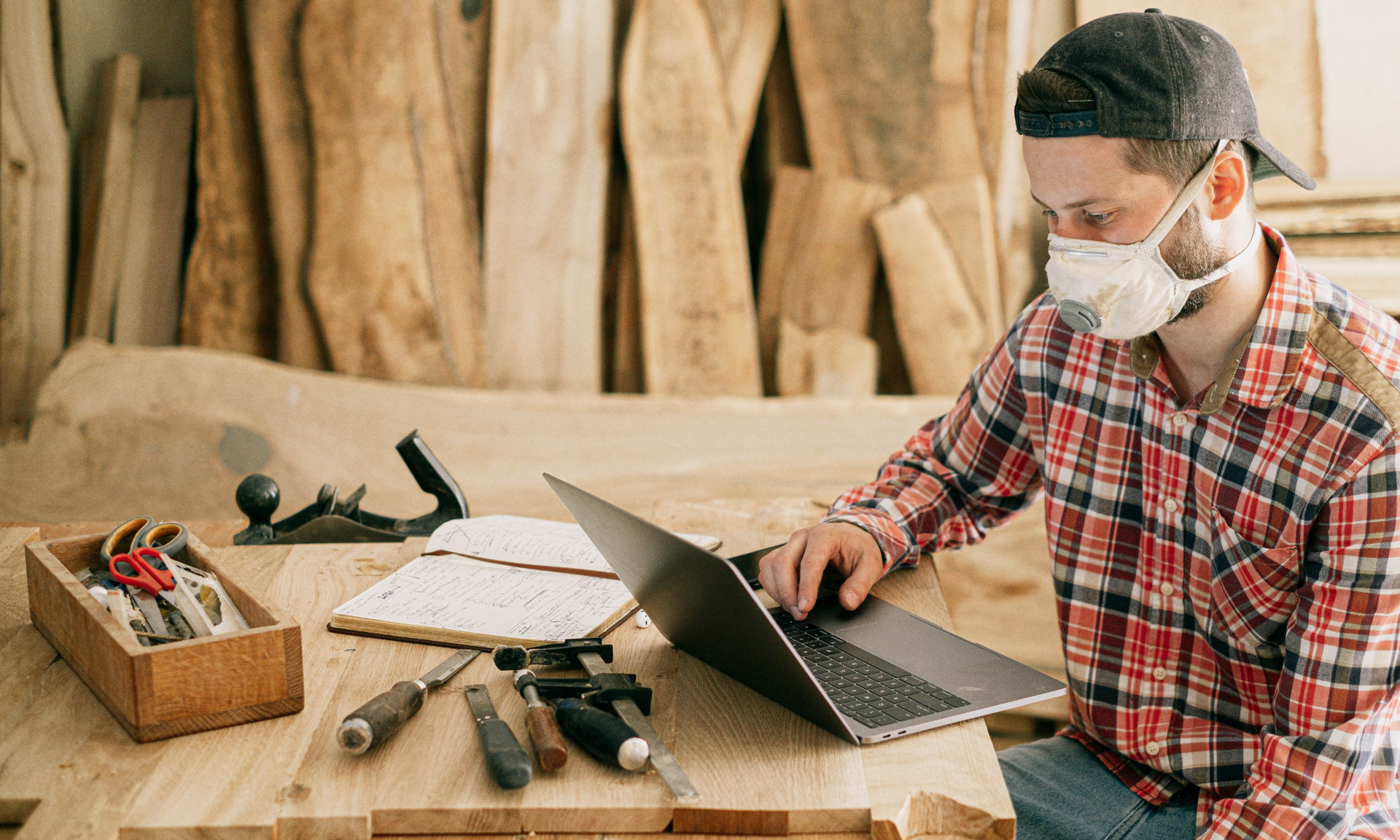COVID-19 safety plans have impacted every sector of the business world in myriad ways, but none so much as labor-intensive industries like construction and manufacturing. As safety and social distancing requirements increased, the amount of time to complete work safely also increased. The resulting “time pressure” often forces workers to try to make up for that lost time in between tasks or jobs.
When workers aren’t taking their time and working carefully, near misses and risk of severe injury or even death increase. This leads us to an important question: What makes for a balanced COVID-19 worker safety plan that doesn’t create additional workplace hazards? Let’s take a look at how a comprehensive safety plan addresses all aspects of injury risk on a worksite.
Staying Safe on The Worksite During COVID-19
Any worksite comprehensive safety plan for employees needs to include some or all the following characteristics:
Encourage Workers to Stay Home When Sick
It can be difficult to do when the job is behind schedule and a team is already shorthanded, but it is always best for everyone involved that sick employees stay home regardless of why they are sick. There is no priority higher than containing viral spread in any industry right now.
Practice Sensible Social Distancing
Encourage your workers to stay six feet apart, but emphasize the “whenever possible” end of that sentence. Attempting to strictly enforce social distancing causes work to slow down and in turn creates additional time pressure. Either adjust workload expectations or follow the “pod” concept where work teams are grouped and each group member commits to a consistent outside of work plan to reduce risk, and of course, encourage diligent commitment to mask wearing.
Limit Duration of Close Quarters Activities Whenever Possible
There are going to be some tasks or jobs at a worksite that simply cannot be completed safely while social distancing. When these scenarios come up, the best solution is to limit exposure time. If it isn’t practical to limit the number of workers completing close quarters tasks, installing plexiglass barriers around workstations or temporarily moving workstations is another viable option.
Allow and Encourage Workers to Wear Cloth Masks
Wearing a mask protects others from potential infection by individuals, not individuals themselves. Workers can be unknowingly exposed, infected and spreading the virus for days before they even exhibit symptoms.
There are even documented cases of asymptomatic carriers spreading the virus at work and never actually getting sick themselves. For these reasons, it’s a good idea to encourage all workers on site to wear a cloth mask, if only to limit outside sources to bring potential exposure to your worksite.
Ensure All Employees Have Easy Access to Personal Hygiene Stations
Hand washing stations, hand sanitizer, disinfectant spray and wipes/disposable towels are all essential for maintaining personal hygiene. Frequent hand washing and use of hand sanitizer should be topping the list to help keep everyone at work healthy.
Discourage Tool/Workstation Sharing
Sharing tools means sharing germs. Unless workers are using sanitizer on their tools before handing them off or taking them back, they are potentially spreading germs to their coworkers all day, every day.
Additionally, having multiple employees use the same machine on different shifts without sanitizing or disinfecting is a perfect recipe for disaster. If there is a way to avoid multiple employees using the same station (staggered shifts, for example), it is critical to find a solution that keeps exposure to a minimum.
Train All Workers in the use of COVID-19 PPE
Many workforces are experts with the industrial Personal Protective Equipment (PPE) they use every day to work safely around construction and industrial sites. This does not mean that they understand the proper use and handling of COVID-19 PPE. Be certain that every employee knows how to properly put on and remove a mask, gloves and other COVID-19 PPE required at your worksite. PPE is only useful if it is used properly.
Encourage Proper Respiratory Etiquette
Covering coughs and sneezes even when wearing a mask is essential to preventing the spread of COVID-19. Monitoring how employees cover their cough may seem a bit extreme, but it is still a good idea to communicate clear expectations. OSHA recommends workers cough into their upper sleeve or elbow to contain potential droplet spray.
Always Use EPA Approved List N Cleaning Chemicals
Just as every worker needs the right tools for each job, so cleaners and custodians need the correct cleaning chemicals to combat COVID-19. Only List N cleaning chemicals are effective against COVID-19, and so it is essential to check labels on all cleaning products to ensure they are List N compliant. If they are not, you need to get in new stock immediately.
Continue Regular Safety Briefings in Addition to Addressing COVID-19 Risks
It is easy for an emerging or changing risk pattern to become all-consuming in a worker’s mind. However, slips, falls, chemical exposure, falling debris, clothing becoming caught in moving machinery – the standard risks still pose the same, if not greater possibility for injury given a change in worksite practice.
All in all, the purpose of a comprehensive safety program is to keep workers safe and healthy even as the world continues to navigate the COVID-19 pandemic. Above all though, tell your workers to continue working carefully and methodically. Cutting corners on standard safety due to COVID-19 safety protocols is how people get hurt.
Does your safety plan need some refining since the outbreak of COVID-19? Have your workers fallen ill or suffered injuries due to pandemic safety conditions? Work with Midtown Occupational Health as a preferred provider of workers compensation rehabilitation coverage. Our win-win agreements save money, time and help workers get back to health faster and with better outcomes.



Recent Comments